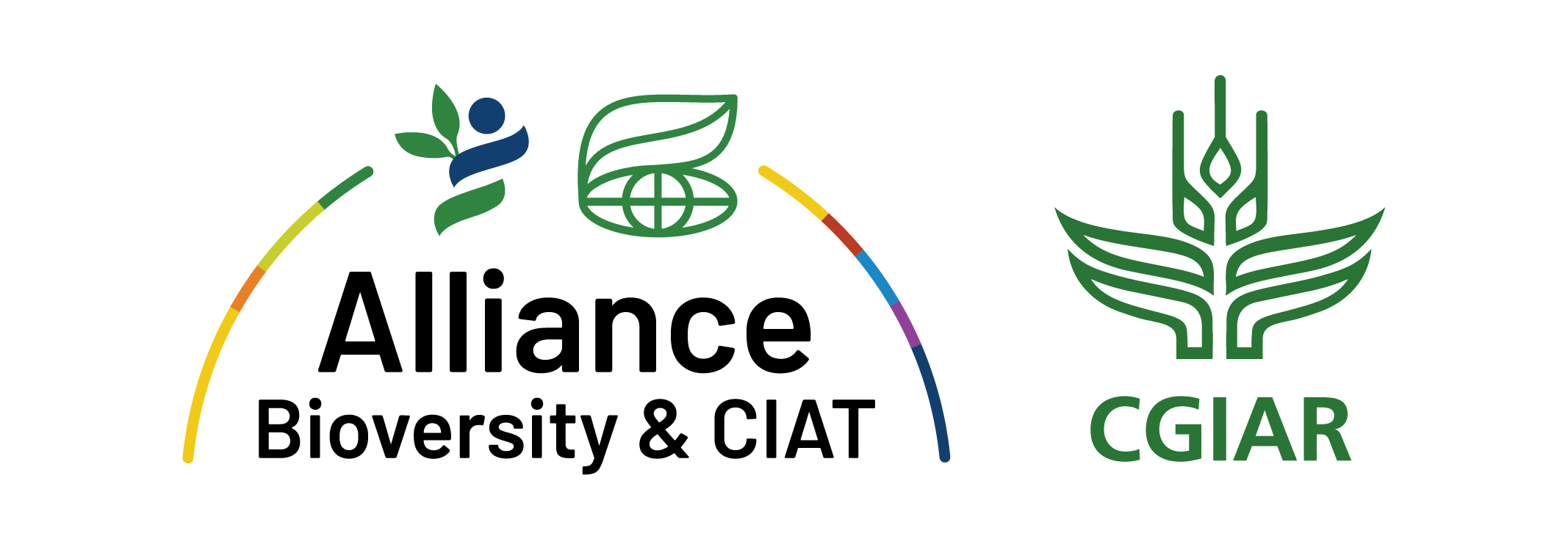Can you tell us about the Southeast Asia Botanic Gardens Network?
JL: The Southeast Asia Botanic Gardens Network began in 2004 when a group of directors from botanic gardens came together, wanting to learn from each other. BGCI got involved to provide the secretariat for the network.
Subsequently, the network began to open up to more plant conservation organizations in the region. Today, the network is not only made up of those involved with botanic gardens. Anyone and everyone who wants to conserve plant diversity can become a part of the network.
The network links botanic gardens to one another, or to other organizations, enabling those botanic gardens or organizations to learn from each other. Sometimes we have staff exchanges between botanic gardens. We run a training course and network meeting every two years where people have the opportunity to meet. We also fundraise for specific conservation projects. Sometimes those projects are at a species level. Other times those projects are at a larger scale, for instance, enabling countries to run training sessions on horticulture or conservation or project development.
What are the benefits of having a network between botanic gardens and other conservation-focused organizations when it comes to forest genetic resources?
JL: Making connections between botanic gardens is useful when it comes to forest genetic resources because sometimes large collections are needed to cover the genetic diversity of a species. One botanic garden cannot hold all of the trees that are needed to represent the genetic diversity of a species, but if several botanic gardens work together, much more genetic diversity can be represented.
What is a challenge that you see the region facing, and how can it be addressed?
JL: One of the big challenges that the region is facing is a lack of technical information. Even if there is an understanding of where the distribution of a species is, technical information may not be known; information about how many collections need to be made of that species, how to grow that species, how to care for it, and how to propagate it, for example.
Is the work of BGCI predominantly focused on ex situ conservation, such as tree planting?
JL: Not entirely. We recognize that you have to integrate in situ conservation in natural forests and ex situ conservation, such as tree planting. They are not two entirely disparate entities. We are moving to focus more on how the two connect together and how the knowledge of ex situ conservation and species distribution, for example, can inform collection. We are also increasingly looking into how the collections of botanic gardens can be used for things like the restoration or reintroduction of species.
Can you tell us about the Global Trees Assessment and how is it related to the APFORGIS project?
JL: The Global Tree Assessment is a Red-listing program. The goal is to assess the conservation status of every tree species on Earth by 2020, which is a lot of work given that there are around 60,000 tree species on the planet. In order to do that, we have to know the global range of the species.
The work that the APFORGIS project is doing is really useful, even when it comes to getting down to the country level of where trees are located. The mapping that is coming out of this group is very useful for botanic gardens and other plant conservation organizations in Asia because we need to figure out where trees are in order make collections of different genetic pools.
Being able to look at species distributions spatially enables us to see things like mountain ranges, which are going to limit the dispersal of a species, for example. Knowing where there are distinct sub-populations of a species allows botanic gardens to determine where they need to collect.
What is something that you hope can come out of your collaboration with APFORGIS?
JL: I think that the information sharing potential is really great and I hope that BGCI can provide APFORGIS with information that we have on species distributions.
I’m always happy to share opportunities for various trainings with APFORGIS, as well. I run a newsletter for the Southeast Asia Botanic Gardens Network, and if I hear about training that is going on in the region, I love to share that. You never know what people might be interested in learning.
Read more about what APFORGIS is doing to support the conservation and restoration of socio-economically important, native Asian tree species.
The Botanic Gardens Conservation International (BGCI) is an independent UK charity with its head office located in London, UK. BGCI aims to unite botanic gardens and other organizations that are committed to saving the world’s threatened plants. Read more about BGCI here.
The Global Tree Assessment has the goal to assess the conservation status of every tree by 2020. Read more about the Global Tree Assessment here.

